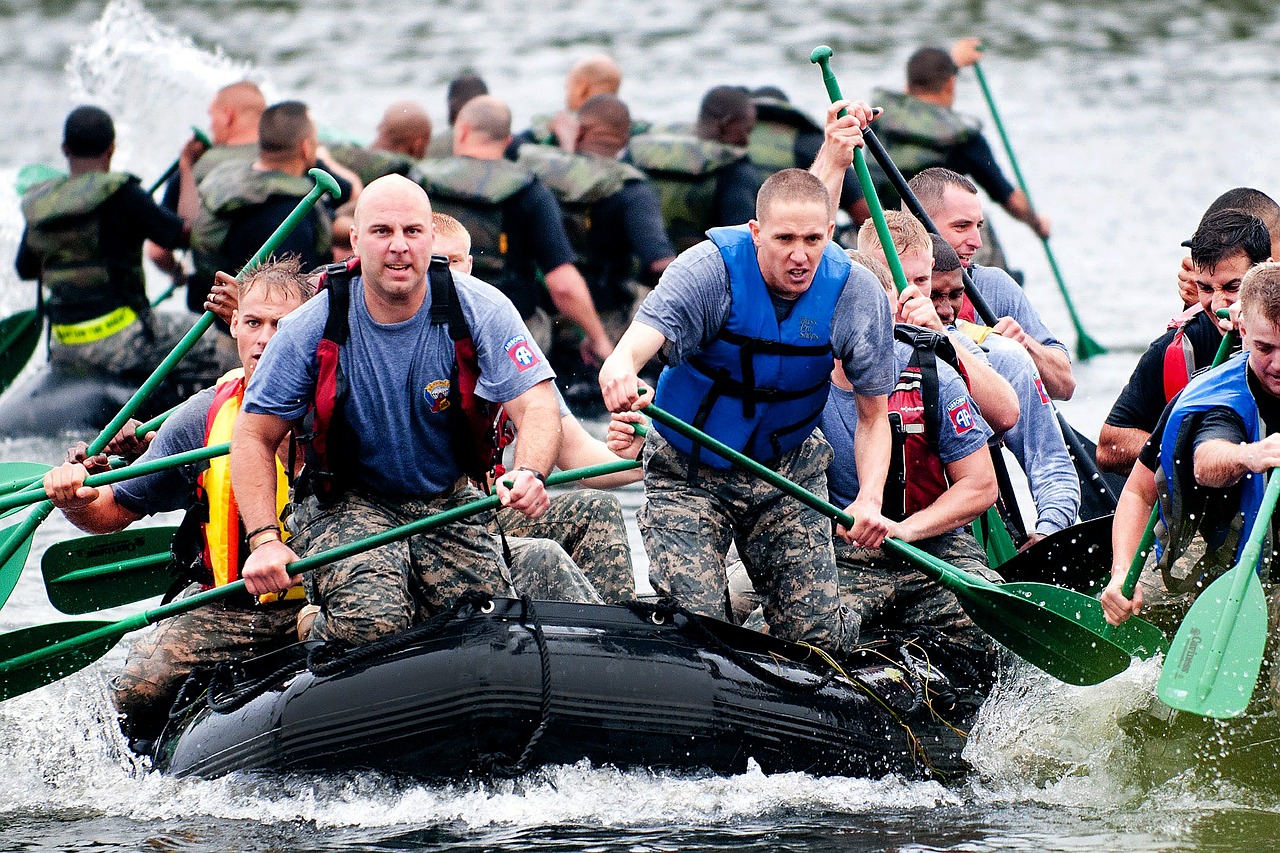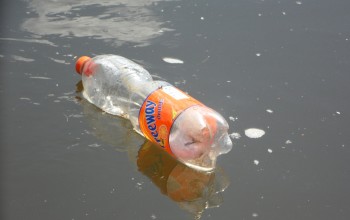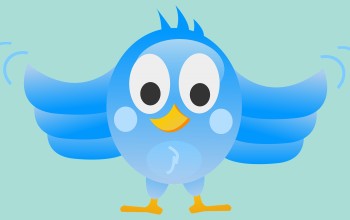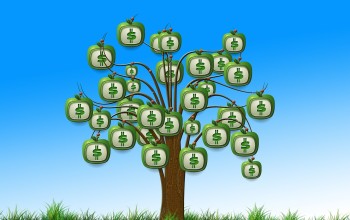In a typical job, like most jobs, there worked a hare and a tortoise.
One day, the hare challenged the tortoise to a race at finishing the tasks for the day. The hare was faster at delivering stuff and the tortoise somehow had a slower style of working . The hare was thus confident that he’d win the race.
The race began. After two hours, the hare completed almost 50% of the work, and the tortoise completed about 15%. After lunch, the hare got distracted by his mobile phone. He intended to only take a small break, but got carried away by the messaging, social media and gaming apps. He didn’t realize he’d spent almost three hours on them.
Meanwhile, the tortoise hid the mobile safely away from his view and only checked it briefly a couple of times. This helped the tortoise to focus better on the tasks.
The tortoise won the race.
So, the hare introspected, realized his mistakes and the next day he asked the tortoise for another race. The tortoise agreed and the race began once again. The hare switched off his mobile phone until he finished his work.
The hare won the race.
It was the tortoise’s turn to take a hard look at himself.
In a team meeting, the tortoise asked the manager if he could get some tips on productivity. The manager invited the team to brainstorm.
After the meeting, the tortoise documented all the tips, and shared them with the team:
From: Tortoise
To: The team
CC: The Manager
Subject: ProductivityHacks
Hey guys,
Here we go..
- Before you clock out for the day, plan and draw up your to-do list for the next day if you can help it.
- Be organized in your folder structure, or you may lose time finding a document. In case, there is a confusion, use the search option to find the document on your computer.
- Complete the smaller tasks first, if there are no priorities.
- Complete the important tasks first, if there are priorities.
- Be thorough in MS office – be aware of all the shortcut keys, the formatting tricks and other hacks. The hare will train all of us on these.
- Be thorough in the internal project management tools – the manager promised to conduct a refresher training next week.
- Exercise, eat well, sleep well.
- If you are sleepy after lunch, get your tea/coffee.
- Take stretch breaks – i.e., get up from your seat and stretch or walk around a bit from time to time to improve blood circulation, so you feel alert and productive.
- Limit your social media allowance during work hours.
- Limit your mobile usage during work hours.
- Avoid team meetings if there is no important agenda.
- Stick with the agenda and have quick stand-up meetings when necessary.
- Avoid long email conversations when a meeting/call can resolve it faster.
- Avoid long meetings if an email can resolve it faster.
- Get your computer formatted from time to time to improve its performance, in case a slow computer is what is contributing to slowing you down.
- Morning persons are more productive in the mornings and night owls are more productive in the evenings. Allow flexible timings.
- Allow flexible timings based on whether somebody needs to interact with geographically distributed teams/clients across different time zones.
- Allow telecommuting once a week. Time saved on commuting to work can go towards production, specially when there are deadline pressures.
Best,
Tortoise
The entire team went through the notes and started implementing some of the tips.
The manager spoke with the HR department, convinced them about the benefits of flexi timings and got permission to let her team choose any 9 hours between 7 a.m. and 11 p.m., as long as they coordinate effectively and make sure that the flexibility yields positive but not negative results. This experiment would be reviewed periodically and would be withdrawn if it didn’t work.
The proposal for letting the team telecommute once a week was not accepted, but it would be considered at a later stage.
The tortoise took some time to master the technologies used at work, including MS Office hacks. He also started jogging every morning, changed his eating habits, took stretch breaks at work, and started following all the tips. He saw his productivity go up after a few days.
He then asked the hare for another race, to which the hare agreed.
This time, both won. And this is where the story did not end, but took a twist.
It was a healthy feeling both experienced, one that was quite different from the earlier races where one of them won and the other lost.
That evening, they met for a drink and started talking their heart (under the influence of alcohol).
The hare said in a drunken stupor, “Ttttttortoise, do we rrrrreally need these dammmn rrrrrraces?”
The tortoise who was equally high responded, “Spot on ddddude, to hhhhell with races, can’t we just aaaaaaaLL win?”
“Hmmm” said the hare.
They were too drunk to discuss further.
They brought this up in the next team meeting.
The hare said, “Guys, racing and competing are baser Darwinian instincts in the struggle for existence. We’ve long since moved out of the jungle and here we’re sitting in climate controlled interiors of high rise buildings in modern technology parks. We’ve evolved socially, technologically, spiritually and philosophically. So why are we still stuck with the competition model of existence? How about adopting a collaborative model?”
The hare was known for throwing surprises, but nobody knew this was coming. They were lost on words and started looking at one another in confusion.
The hare knew it’s not easy for such crazy/off-beat ideas to get a hearing, let alone get a buy-in. He held his breath waiting to see the reaction. Expecting brickbats, he was embarrassed and he held his notepad against his face to hide it.
And then finally, one of them said, “I agree with you, hare. Competition can generate bad blood and get unhealthy at some point. It can take a heavy toll on team spirit, productivity and quality, if we start breaching ethics in order to win.”
It was the hare’s turn to get surprised at the support he got. He brought down the notepad and revealed his face – happiness reflecting in his eyes and the Mona Lisa like smile.
According to a report from Inc., 88% of millennials say they they prefer an environment that is collaborative over one that’s competitive and by 2020, millennials will make up 50% of all workforce.
This team comprised of mostly millennials, and most of them said they would prefer a collaborative environment to a competitive one.
But one of them cautioned that competition does have its pros too, and if there is no competition, then people may not work.
The manager was attentively listening. The team was lucky to have a manager who actually let the team speak while she herself actively listened. She was open to new ideas – therefore these brainstorming sessions were possible. She thought to herself, “These guys are right. When competitors are collaborating, then why shouldn’t colleagues collaborate?
She finally spoke up, “I enjoyed listening to all your ideas. However, I’m sorry, but we will continue having competition.”
The team was upset and they started making faces at the manager.
The manager continued, “We will continue the competition, but…….. we will add some new parameters.”
“The new parameters would be aimed at evaluating collaboration skills: for e.g., responsiveness in person, responsiveness in email, communication etiquette, helpfulness, open-mindedness, apolitical-ness, acknowledgement, etc. Do you guys think it’s worth an experiment?”
“Yay!” they all cheered.
The manager continued:
“We’ll meet again and fine-tune our parameters. At the end of every quarter, everyone will rate everyone on these parameters.”
“You have to support your ratings with reasoning.”
“For e.g., you can present evidence from email communication if you are rating someone low on that parameter.”
The hare interrupted at this point, and asked:, “How do we present evidence if someone has not been nice to us in person?”
The manager said, “That’s a good question, hare.” He looked at the team and asked, “Team, any ideas?”
There was some silence and then the tortoise said,
“I have an idea. If someone is rude to you in person, then just chuckle and ask them to repeat what they said, so that you can record the drama on your mobile phone. At the end of every week we’ll produce funny GIFs out of these recordings and broadcast them to the team. This is not to punish anyone, but in a lighter vein, to help everyone smile and understand how funny we can look and act sometimes.”
Everyone laughed and agreed.
The manager was totally sold out on this idea! She thought to herself that humor is a good tool to highlight sticky and important issues as evidenced in cartoon journalism. She recalled what Nehru had famously said to the cartoonist Shankar and she said the same thing to her team,
“Don’t spare me. If you catch me throwing attitude, please record it and produce the funniest of videos out of it!”
“Likewise, if someone has helped you, then take care to acknowledge them, so they feel encouraged to help you again. If you get selfish and fail to acknowledge them, then that would reflect poorly on your own ratings.”
“We’ll brainstorm further and put together a final list of collaboration parameters and metrics.”
They met again, brainstormed, finalized the parameters and metrics and got everyone’s sign-off.
One bright morning, as the sun was peeping into their office lounge, a new kind of a competition started.
A new competition began that not only measured who the best performers are, but also measured who the best collaborators and the nicest people are.
There was some new-shoe friction. A couple of them who weren’t used to being nice felt they were being forced to be nice. But soon, they started liking it.
Everybody was eager to help, collaborate and appreciate, because that’s what they’d get rewarded for.
There was no opportunity for anyone to shoot movies of any bad behavior. Only once, one of them indulged in some stonewalling, but when requested to repeat that, so that it could be recorded, he apologized instantly, smiled and mended his attitude. He didn’t want to get featured in funny videos.
The team started leveraging their peers’ strengths and helped one-another in their weak areas.
For e.g., one of them was weak at writing and asked the help of another who was strong in that area when writing to a client. The other was happy to help, because this was an opportunity to enhance his ratings.
Likewise, one of them was an Excel wizard and the rest of the team turned to her for help.
Soon, other teams in the organization got motivated and they started adopting the collaborative model. Eventually each team started collaborating better with other teams.
Of course, there were a fair share of hits and misses. Some of them were rating unfairly – i.e., overrating their supporters and underrating their perceived “rivals”.
But overall, apart from individual productivity, even combined team productivity and quality of work went up.
They are continuing to review and revise the new model through continuous feedback and brainstorming sessions.
The idea of telecommuting once a week is still being reviewed for consideration.
Thus the millennial hare and the millennial tortoise drove innovation and productivity when they got fed up of racing and yearned to start collaborating.




